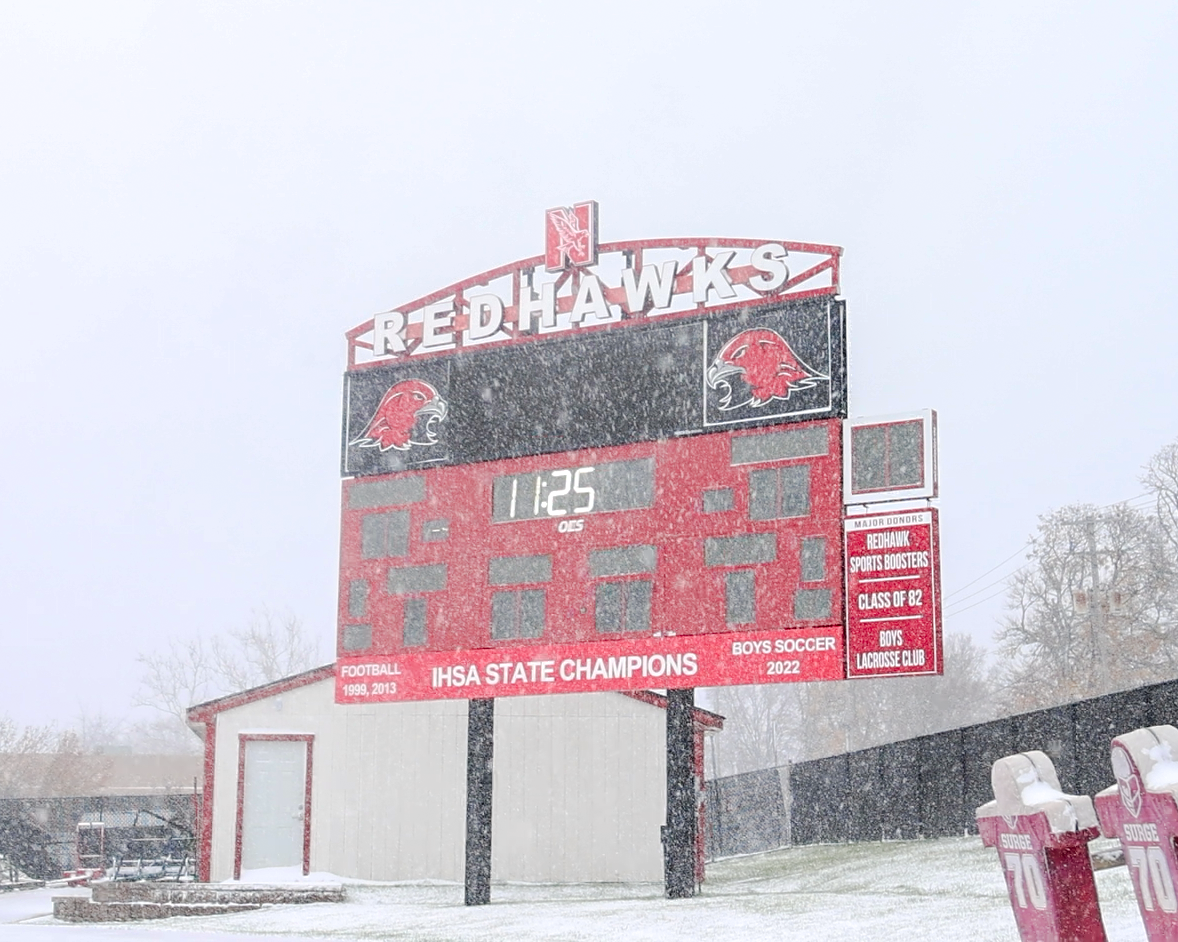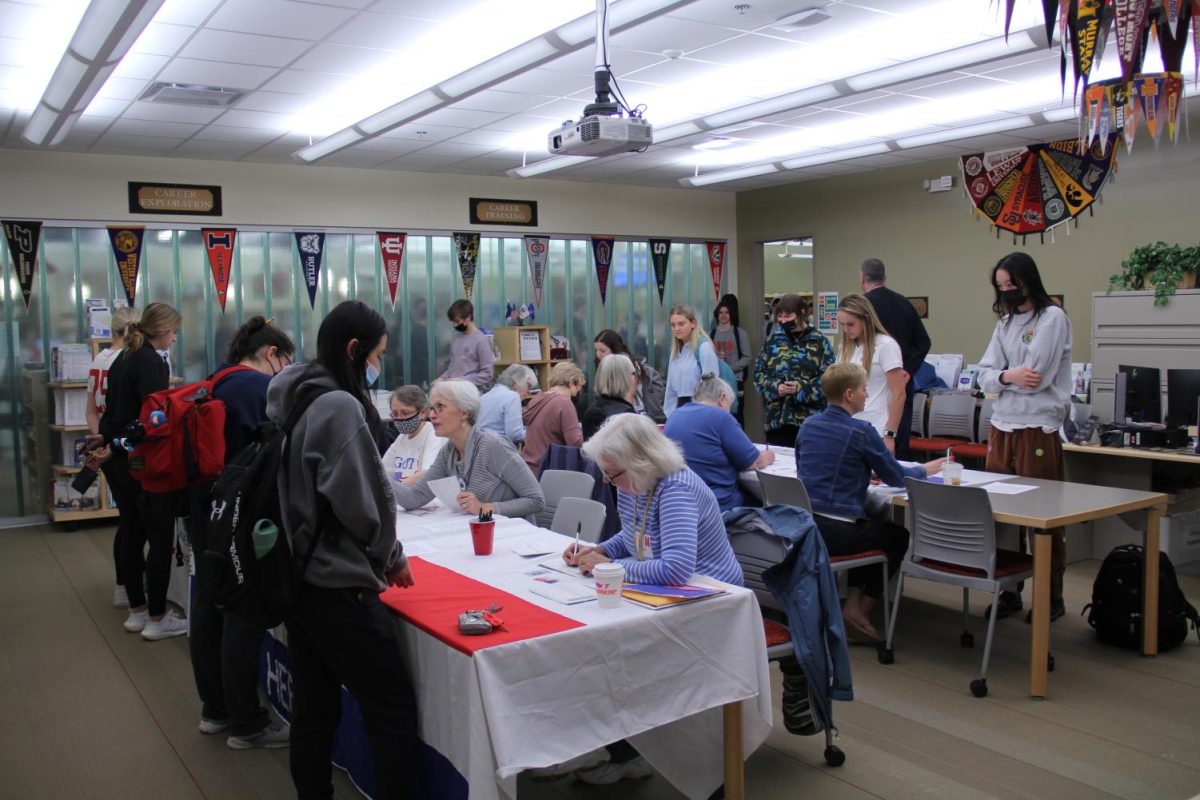Op-ed gives vital insight to inner workings of Trump administration
October 2, 2018
The New York Times made headlines last week for dropping an anonymous op-ed titled, “I Am Part of the Resistance Inside the Trump Administration.”
The piece, written by a senior administration official, according to the New York Times, revealed what it’s truly like to work in the chaotic office of President Trump. It detailed how “many of the senior officials in his own administration are working diligently from within to frustrate parts of his agenda and his worst inclinations.”
This prompted many in the journalism community to wonder if the New York Times should have released the op-ed anonymously.
The New York Times was correct to release the op-ed anonymously for many reasons. It is a journalist’s job to present the public with information. They should give every perspective on a topic without censoring any information.
By giving the public all the information they have, it allows for citizens to have the freedom to make their own decisions. Without freedom of information those in power would be making all the decisions for the American people, threatening our system of government. It is because the press gives the public access to all information that America is able to have a functioning democracy.
The release of this article was able to give the American people another unique perspective on what President Trump’s administration is truly like. This creates more informed voters who have a better grasp on the administration.
It is the fear of an informed public that makes Trump and other White House officials continually attempt to discredit journalists and the work they publish.
The decision to publish the op-ed anonymously did not come lightly to New York Times op-ed editor Jim Dao.
By publishing the piece without a byline, some reasonable doubt is placed in the reader’s head that this person may not be telling the truth because they have no consequence for lying or that the person does not exist at all.
That said, Dao stated that he clearly vetted the author before making the decision to publish it.
“Through direct communication with the author, some background checking and the testimony of the trusted intermediary [we became certain of the author’s identity,” Dao wrote in another New York Times article, “How The Op-ed Came To Be.” Because of this and the strong writing of the op-ed, readers can be more assured that the author is in fact a senior administration official.
In total, the New York Times has only published four anonymous op-eds because those authors were in physical danger or in danger of losing their jobs. In this case, the op-ed writer did not want to use his or her name because they wanted to continue working in the Trump administration. Dao also stated that there was concern the writer would face physical threats if their name was revealed.
By publishing this op-ed, the New York Times was able to give the American public a fresh take on the inner workings of the Trump administration. With this new insight, the American people now have a window looking into the strange ways the Trump administration functions, allowing voters to get informed and a deeper passion to uphold a once strong democracy.







